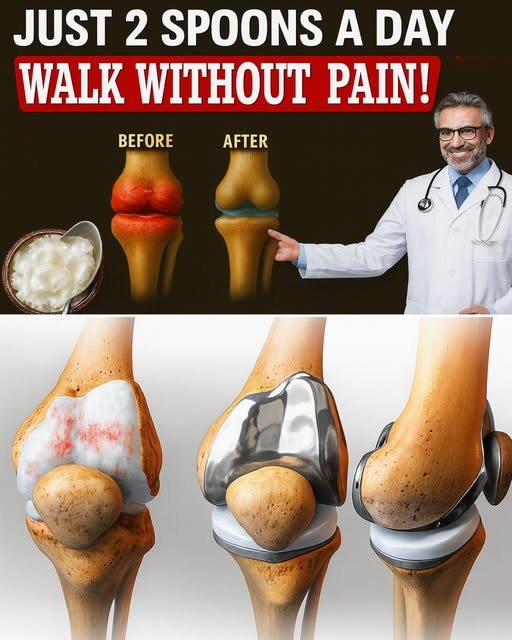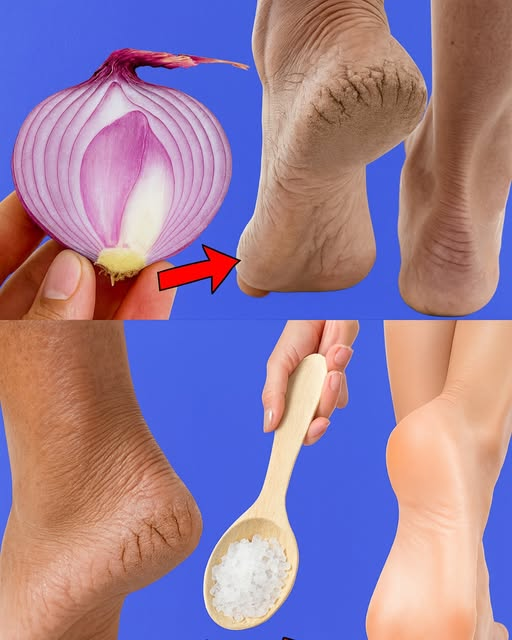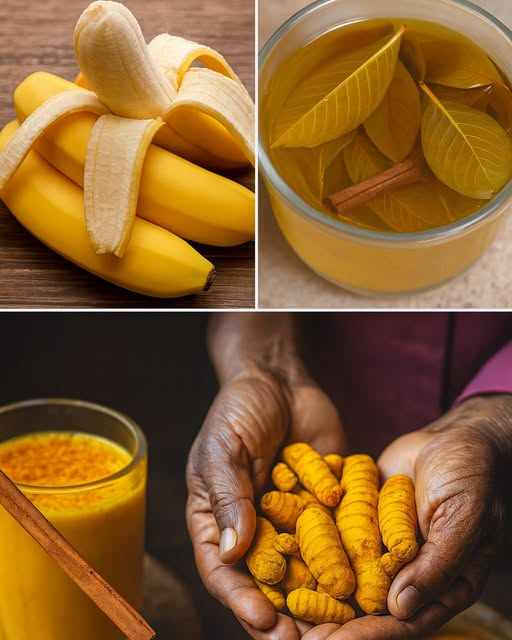Did you know that grilling corn can boost its antioxidant content by up to 50% compared to boiling? That smoky, charred ear of corn isn’t just a summer delight—it’s a nutritional gem when prepared thoughtfully. Growing up, my family’s backyard barbecues always featured grilled corn, slathered with creative toppings that made every bite unforgettable. This article reveals six surprising facts and practical tips to make grilled corn a healthy addition to your summer meals. From smarter toppings to maximizing fiber, you’ll learn how to savor this seasonal favorite without derailing your wellness goals. Curious how to transform your corn into a nutrient-packed dish? Let’s dive into the secrets of grilled corn and how to enjoy it the smart way.

Why Grilled Corn Is a Summer Superfood
Corn, a staple in many cultures, is more than just a tasty side. Packed with fiber, vitamins, and antioxidants like ferulic acid, it supports digestion, heart health, and even skin radiance. Grilling enhances these benefits by preserving nutrients that boiling might leach out, according to a 2021 study in Journal of Food Science. However, heavy toppings or over-charring can diminish its health perks. With mindful preparation, grilled corn can be a delicious, nutrient-rich part of your diet. Here are six ways to enjoy it while boosting its benefits.
1. Boost Antioxidants with Proper Grilling
Why It Works
Grilling corn increases its ferulic acid content, a potent antioxidant that fights free radicals, supports heart health, and may slow aging signs, per a 2020 Nutrients study. Unlike boiling, which strips water-soluble nutrients, grilling locks in flavor and nutrition.
How to Grill
- Peel back husks without removing them, and remove silk.
- Brush with olive oil and pull husks back up.
- Grill over medium heat for 10–15 minutes, turning often.
- Peel husks and serve with light toppings.
Tips
- Grill over indirect heat to avoid excessive charring.
- Trim any blackened spots to reduce harmful compounds.
- Pair with antioxidant-rich sides like berries or greens.
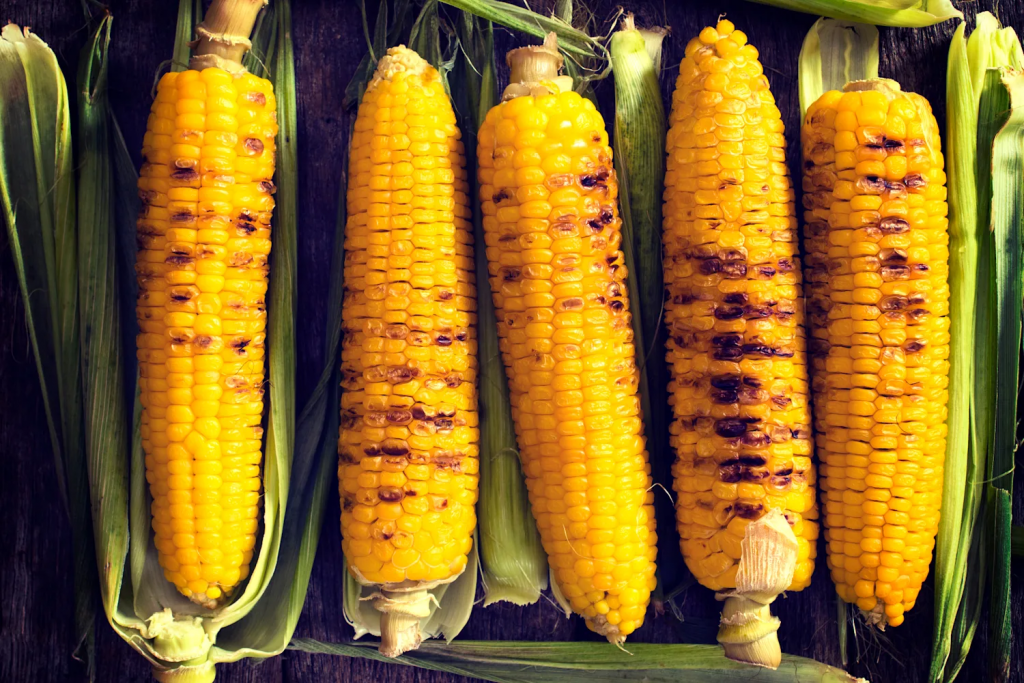
2. Choose Healthier Toppings
Why It Works
Corn is naturally low in fat and sodium, but butter and salt can turn it into a calorie-heavy dish. Swapping for healthier toppings like olive oil or Greek yogurt keeps it light while adding flavor and nutrients.
Topping Ideas
| Topping | Quantity | Benefits |
|---|---|---|
| Olive oil | 1 tsp | Heart-healthy fats |
| Greek yogurt | 1 tbsp | Protein and creamy texture |
| Nutritional yeast | 1 tsp | Cheesy flavor, B vitamins |
| Chili powder | Pinch | Adds spice without sodium |
Instructions
- Grill corn as described above.
- Brush lightly with olive oil or spread yogurt.
- Sprinkle with chili powder or nutritional yeast.
- Add a squeeze of lime for zest.
Tips
- Use herbs like cilantro or parsley for extra flavor.
- Avoid heavy cheese or bacon-based toppings.
- Experiment with smoked paprika for a smoky kick.
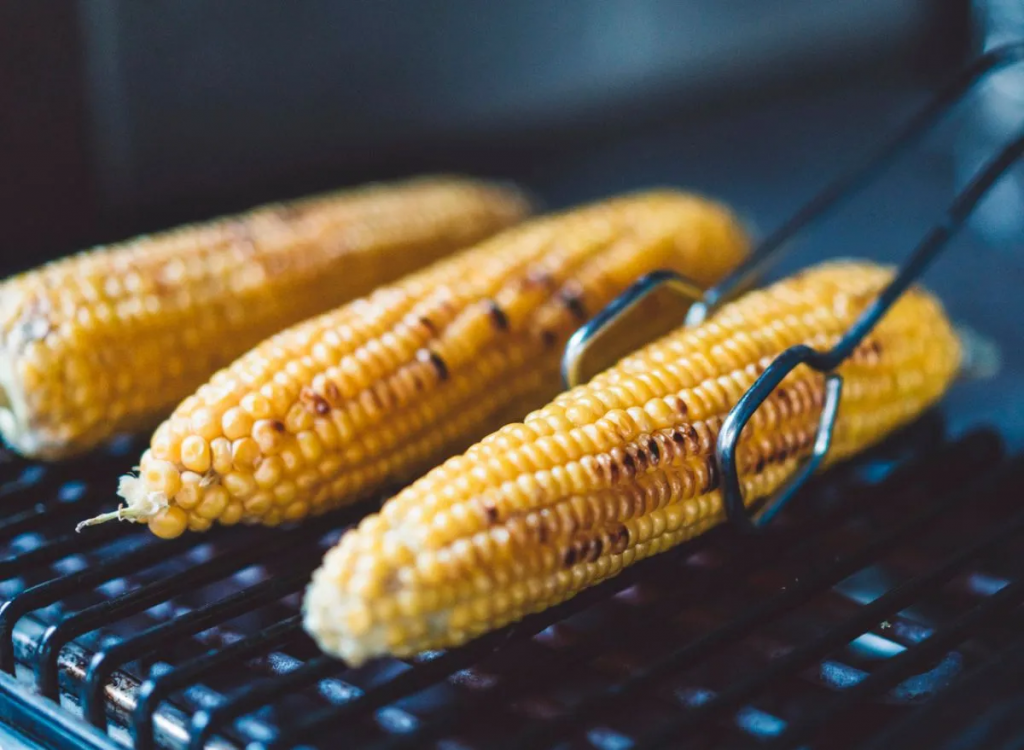
3. Maximize Fiber for Digestive Health
Why It Works
One medium ear of corn delivers about 2 grams of fiber, aiding digestion and stabilizing blood sugar, per a 2019 Journal of Nutrition study. Eating corn with its husk partially on during grilling can retain more fiber.
How to Enjoy
- Eat one or two ears as part of a balanced meal.
- Pair with lean protein like grilled chicken or tofu.
- Add to a salad with fiber-rich greens and beans.
Tips
- Leave some husk on to preserve fiber during grilling.
- Chew thoroughly to aid digestion.
- Avoid overeating to prevent bloating.
4. Be Mindful of Carbs
Why It Works
Corn is a starchy vegetable with about 19 grams of carbs per ear, comparable to a slice of bread. For those watching carbs, portion control allows you to enjoy corn without overloading on carbohydrates.
How to Enjoy
- Stick to one ear per meal.
- Skip high-carb sides like potatoes or rolls.
- Balance with non-starchy vegetables like zucchini or broccoli.
Tips
- Track portions if following a low-carb diet.
- Pair with healthy fats like avocado to slow carb absorption.
- Consult a dietitian if managing diabetes.
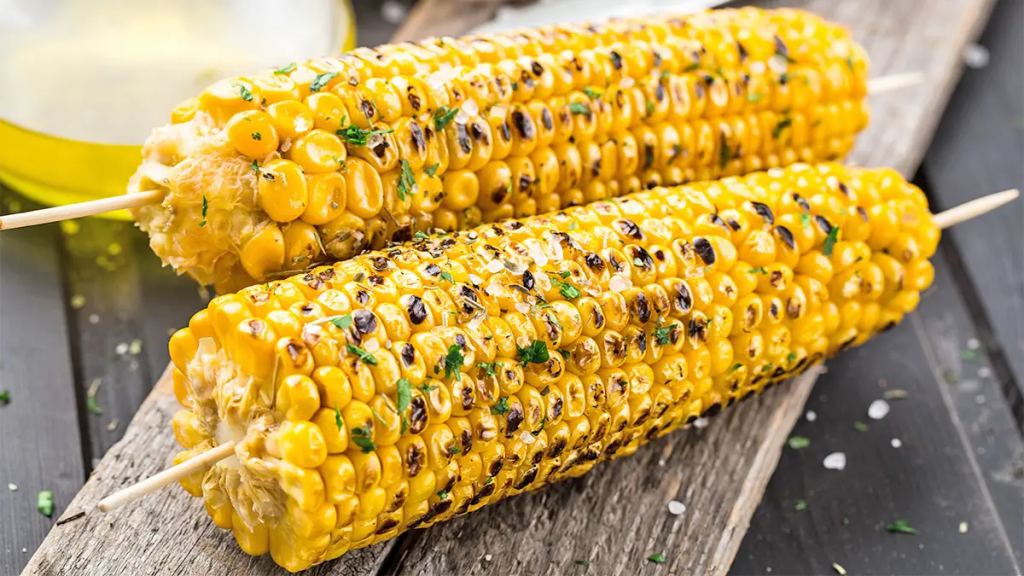
5. Opt for Organic or Non-GMO When Possible
Why It Works
Conventional corn is often genetically modified, but it ranks on the Environmental Working Group’s Clean Fifteen for low pesticide residue. Organic corn avoids GMOs and supports sustainable farming, offering peace of mind for some.
Choosing Corn
- Check labels for non-GMO or organic certification.
- Buy from local farmers’ markets for fresher options.
- Wash thoroughly to remove any surface contaminants.
Tips
- Organic corn is pricier, so prioritize when budget allows.
- Both types are nutritious with proper preparation.
- Ask vendors about farming practices for clarity.
6. Repurpose Leftovers Creatively
Why It Works
Grilled corn is versatile, reducing food waste and adding flavor to other dishes. Its fiber and nutrients make it a great addition to salads, salsas, or soups, keeping meals healthy and exciting.
Leftover Ideas
| Dish | Ingredients | Instructions |
|---|---|---|
| Corn salsa | Corn, tomatoes, onion, lime | Cut kernels off cob, mix with diced tomatoes, onion, and lime juice. |
| Corn chowder | Corn, broth, potatoes | Blend kernels with broth, simmer with potatoes, and season. |
| Veggie tacos | Corn, beans, avocado | Add kernels to tortillas with beans and avocado slices. |
Tips
- Store leftover corn in an airtight container for up to 3 days.
- Freeze kernels for up to a month.
- Add to grain bowls for extra texture and nutrition.
Real-Life Story: Mark’s BBQ Upgrade
Mark, a 35-year-old accountant, loved hosting summer barbecues but noticed his guests felt sluggish after heavy meals. Inspired by a friend’s tip, he swapped butter-slathered corn for a lighter version brushed with olive oil and sprinkled with chili powder and lime. His guests raved about the flavor, and Mark felt energized rather than bloated. He also started using leftover corn in salsas, reducing waste and impressing his friends with new dishes. This small change made his barbecues healthier and more enjoyable, showing how simple tweaks can elevate a classic.
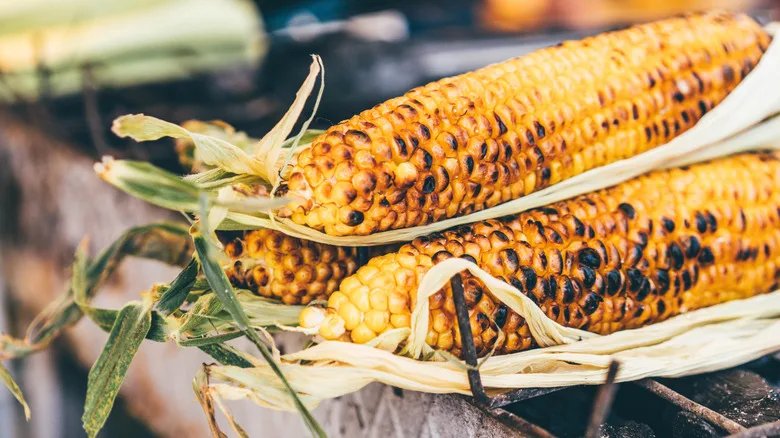
Practical Tips for Grilled Corn
To make grilled corn a healthy staple:
- Grill Smart: Use indirect heat to minimize charring risks.
- Portion Control: Stick to one ear to balance carbs and calories.
- Creative Toppings: Experiment with herbs, spices, or yogurt-based spreads.
- Storage: Keep leftovers refrigerated and repurpose within days.
- Health Check: Consult a doctor if you have corn allergies or digestive issues.
Conclusion
Common Questions About Grilled Corn
Is grilled corn healthy for everyone? Corn is generally safe but may cause issues for those with allergies or digestive conditions like IBS. Consult a doctor if unsure. Can I eat corn on a low-carb diet? Yes, in moderation. One ear has about 19 grams of carbs, so pair with low-carb sides and stick to one serving. Does grilling corn reduce its nutrients? No, grilling preserves and may enhance antioxidants like ferulic acid, unlike boiling, which leaches nutrients.
Grilled corn is a summer favorite that’s both delicious and nutritious when prepared thoughtfully. From boosting antioxidants to supporting digestion, these six tips help you enjoy it guilt-free. Try these ideas at your next barbecue and savor the flavor. Note: This content is for informational purposes only and does not replace professional medical advice.

